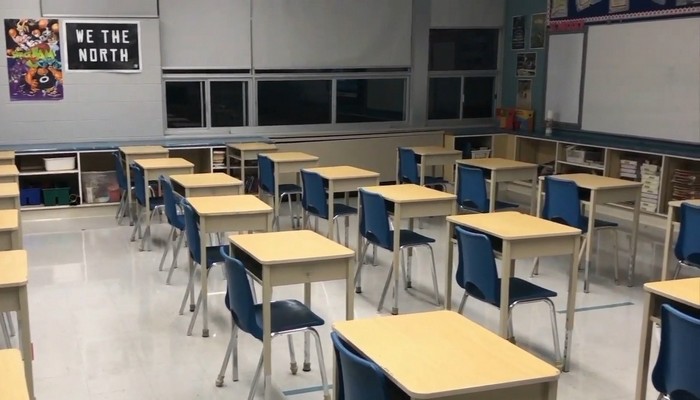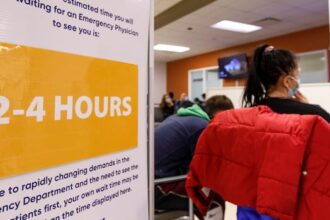In a significant move to address Ontario’s persistent teacher shortage, particularly in remote and northern communities, the provincial government has announced a substantial $55.8 million investment to expand Bachelor of Education programs across the province. The funding, revealed Thursday by Education Minister Stephen Lecce, represents one of the most targeted approaches yet to tackle the growing disparity in educational resources between urban centers and underserved regions.
“This investment isn’t just about adding more teachers to the system—it’s about ensuring quality education reaches every corner of our province,” said Lecce during the announcement at Queen’s University in Kingston. “Too many northern and Indigenous communities have faced chronic teacher shortages that directly impact student achievement and community development.”
The funding will create approximately 8,000 additional student spaces in teacher education programs at universities across Ontario, with specific allocations for institutions that commit to preparing educators for remote postings. According to ministry data, over 40% of school boards in northern Ontario reported critical teacher shortages last year, with some positions remaining unfilled for entire academic terms.
Queen’s University will receive $7.2 million to expand its concurrent education program, with a particular focus on STEM subject teachers—an area where shortages have been especially pronounced. Meanwhile, Lakehead University in Thunder Bay will see $6.5 million directed toward Indigenous teacher education initiatives.
The investment comes amid growing pressure from parent advocacy groups and teachers’ unions who have highlighted the inequitable distribution of qualified educators across the province. The Ontario Secondary School Teachers’ Federation has repeatedly warned that students in remote communities often receive less instructional time in specialized subjects due to staffing challenges.
“We’ve seen communities where math is taught by non-specialists or where French programs are canceled entirely because qualified teachers simply aren’t available,” explained Dr. Marian Thompson, Dean of Education at Nipissing University, which will receive $5.4 million from the fund. “This targeted funding acknowledges that the teacher shortage isn’t uniform—it’s disproportionately affecting certain communities and subject areas.”
The program includes financial incentives for education graduates who commit to teaching positions in underserved regions for at least three years after graduation. These incentives include tuition rebates of up to $4,000 annually and housing allowances for those taking positions in designated high-need communities.
Critics from opposition parties have questioned whether the funding goes far enough, noting that teacher retention in remote communities involves complex factors beyond initial recruitment. NDP education critic Marit Stiles pointed out that addressing housing costs, professional isolation, and community integration requires more comprehensive approaches.
“Creating more spaces in B.Ed. programs is just the first step,” Stiles said. “Without addressing the fundamental challenges of living and working in remote communities, we risk training teachers who will quickly migrate to urban centers.”
The Ontario government counters that the initiative includes mentorship programs and professional development opportunities specifically designed to support new teachers in remote placements. The funding also allocates $3.2 million toward expanding virtual support networks for educators in isolated communities.
Economic analysts note that addressing educational inequities has broader implications for regional development. Communities with stable, high-quality education systems are better positioned to attract businesses and maintain population growth—critical factors for northern Ontario’s economic future.
As this significant investment begins to reshape teacher education across the province, the question remains: will targeting the supply side of the equation be enough to solve Ontario’s complex educational disparities, or will more comprehensive community development strategies be needed to ensure every student, regardless of postal code, receives the education they deserve?


















